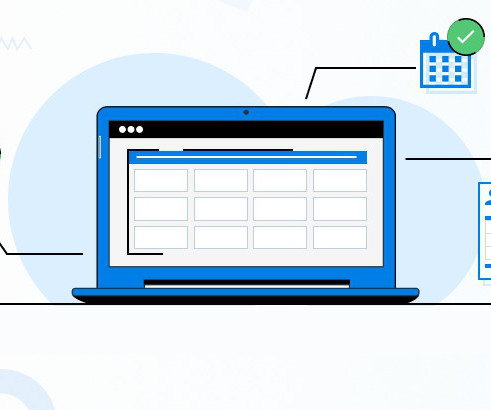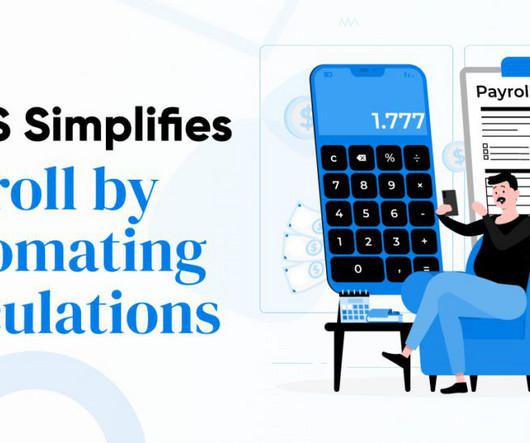Why Paystubs Are Essential in HR Management: Compliance, Transparency, and Employee Satisfaction
Hppy
OCTOBER 28, 2024
Highlighting earnings and deductions, as well as paystubs, fosters transparency and trust between employers and employees. When employees see exactly how their pay is calculated, it leads to greater satisfaction and less room for misunderstandings. They provide a detailed breakdown of wages, taxes, and deductions.



















Let's personalize your content